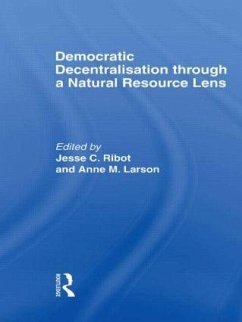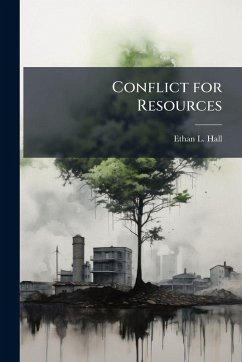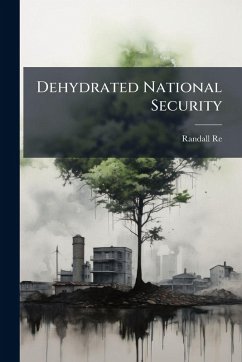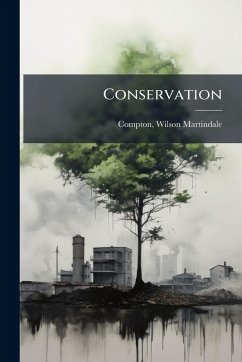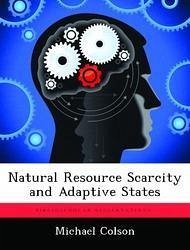
Natural Resource Scarcity and Adaptive States
Versandkostenfrei!
Versandfertig in über 4 Wochen
15,99 €
inkl. MwSt.

PAYBACK Punkte
8 °P sammeln!
This study examines states that have adapted to natural resource scarcity. The author builds a framework for analyzing selected case studies based on the social and economic factors scholars argue are necessary for states to adapt. In the cases studied, governments were the key agents in managing resource scarcity but they did not do it directly through policy or legislative efforts. Governments did, however, have an indirect but vital role in setting the social and economic conditions that were favorable for adaptation. Working in an environment with favorable conditions, individuals emerged ...
This study examines states that have adapted to natural resource scarcity. The author builds a framework for analyzing selected case studies based on the social and economic factors scholars argue are necessary for states to adapt. In the cases studied, governments were the key agents in managing resource scarcity but they did not do it directly through policy or legislative efforts. Governments did, however, have an indirect but vital role in setting the social and economic conditions that were favorable for adaptation. Working in an environment with favorable conditions, individuals emerged with creative and innovative solutions that solved the state's resource shortages. The final section of the study compares states that have adapted to resource scarcity to a modern state that is not adapting to pressures from its natural resources. The social and economic factors common to adaptive states are absent in the nonadaptive state. The state will likely continue to struggle with the management of its resources until steps are taken to address weaknesses in the underlying social and economic environment. This work has been selected by scholars as being culturally important, and is part of the knowledge base of civilization as we know it. This work was reproduced from the original artifact, and remains as true to the original work as possible. Therefore, you will see the original copyright references, library stamps (as most of these works have been housed in our most important libraries around the world), and other notations in the work. This work is in the public domain in the United States of America, and possibly other nations. Within the United States, you may freely copy and distribute this work, as no entity (individual or corporate) has a copyright on the body of the work. As a reproduction of a historical artifact, this work may contain missing or blurred pages, poor pictures, errant marks, etc. Scholars believe, and we concur, that this work is important enough to be preserved, reproduced, and made generally available to the public. We appreciate your support of the preservation process, and thank you for being an important part of keeping this knowledge alive and relevant.




